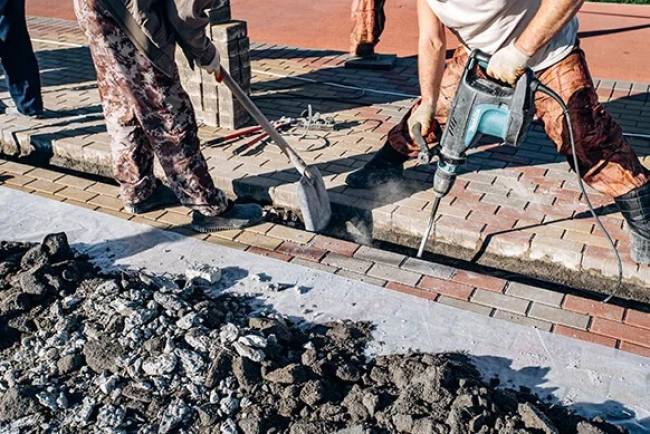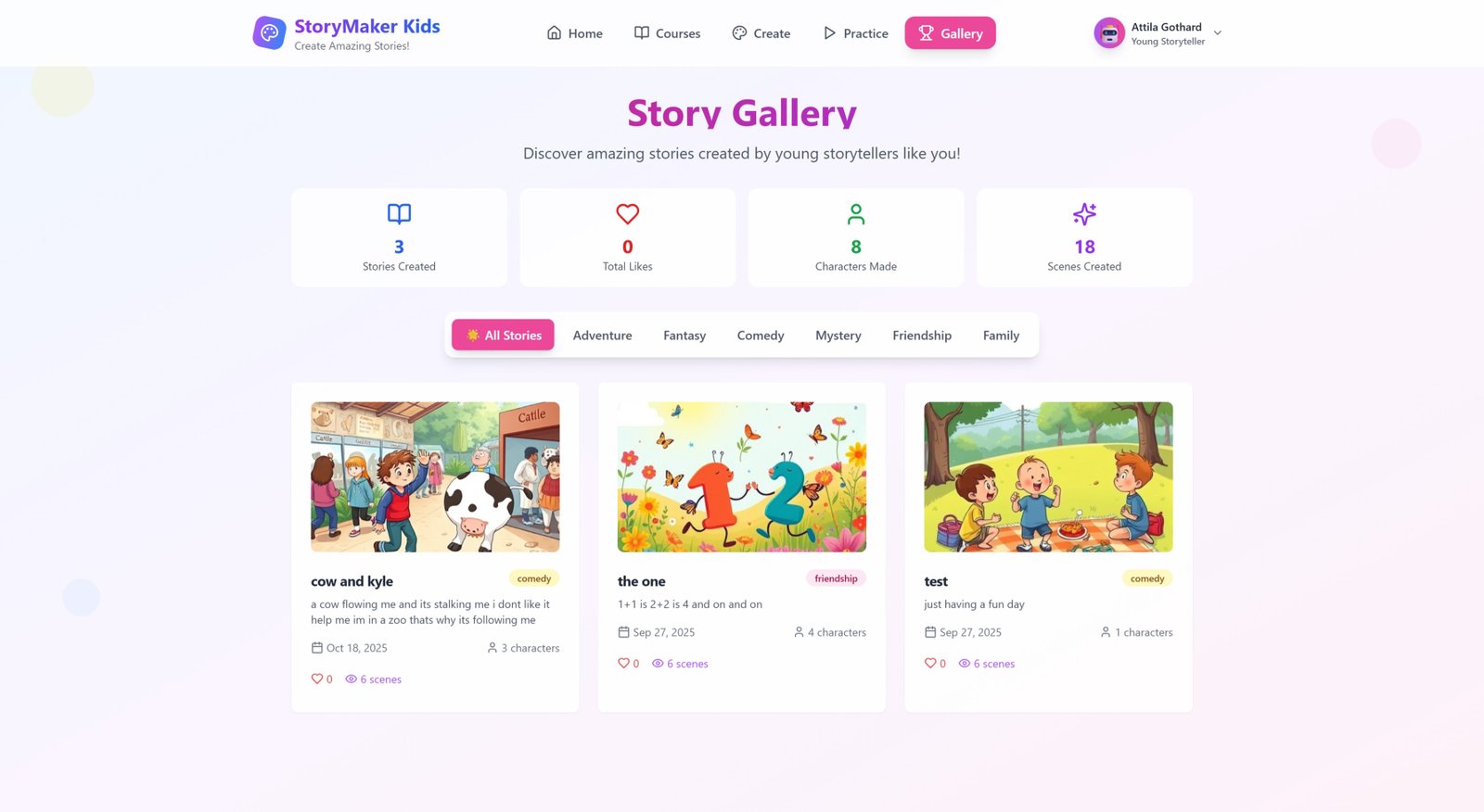Why reward automation is replacing loyalty points in real estate
Discover how reward automation is transforming customer loyalty in real estate, replacing traditional points systems with personalized, instant rewards that enhance client experiences and retention.

For years, loyalty points were the default approach for keeping residents engaged. They were simple to understand, easy to issue, and familiar to both operators and residents. But in today’s real estate market—especially in multifamily, single-family rentals (SFR), and large property portfolios—loyalty points no longer deliver the results operators expect.
Residents want value that feels instant and real. Property managers want engagement that actually drives behavior. And leadership wants retention gains without adding operational complexity. This shift in expectations is why reward automation is emerging as the new standard for resident experience and portfolio growth.
Below, we break down why automated, behavior-based rewards outperform traditional points—and why more operators are making the switch.
1. Residents want immediate, meaningful value
Points sound good in theory, but in practice, most residents rarely redeem them. They either take too long to accumulate, have unclear value, or require extra steps to be used. In a busy leasing environment, this creates friction.
Reward automation solves this instantly.
Instead of waiting, residents receive real, merchant-funded savings the moment they complete a valuable action, such as:
-
Setting up autopay
-
Submitting move-in tasks
-
Renewing early
-
Completing maintenance feedback
-
Updating digital preferences
-
Switching to paperless billing
These immediate rewards feel relevant, simple, and helpful—because they arrive at the exact moment a resident takes action.
Instant gratification leads to stronger behavior adoption, which directly improves property performance.
2. Loyalty points don’t influence real behavior
The core weakness of points is that they are not tied to immediate actions. A resident may earn a few points today, a few tomorrow, and never reach a meaningful reward threshold. As a result, points do little to motivate the behaviors that property teams care about.
Reward automation, on the other hand, directly supports behavior-based marketing in real estate. When residents receive a relevant perk at the moment of action, it reinforces the behavior instantly.
This approach drives clear, measurable improvements such as:
-
Higher digital tool adoption
-
Faster onboarding
-
Reduced workload on property teams
-
Better maintenance compliance
-
Earlier renewals
-
Higher satisfaction scores
Rather than hoping residents reach a redemption threshold someday, automation reinforces behavior when it matters most.
3. Automation removes operational friction for onsite teams
One of the biggest challenges with traditional loyalty programs is the operational burden. Someone has to distribute points, track balances, and answer resident questions. This is time-consuming—especially for real estate teams already stretched thin.
Reward automation eliminates this entirely.
Automation allows operators to:
-
Set rules once
-
Trigger rewards automatically
-
Standardize engagement across the portfolio
-
Reduce manual work for on-site staff
This is especially important for SFR and multifamily operators managing multiple properties or regional portfolios. Consistency becomes easier, and engagement becomes effortless.
To see how real estate teams are already creating automated, high-value resident experiences, explore how operators are turning resident portals into monetized revenue channels, which is quickly becoming a new pillar of modern resident engagement.
???? Read this guide: How property managers are turning resident portals into monetized revenue channels
4. Merchant-funded perks remove financial liabilities
Points create liabilities—operators must eventually honor them, often at a cost.
Reward automation, powered by merchant-funded perks, flips the model. Instead of operators covering the reward cost, leading platforms like Paylode provide perks funded by trusted brands, at no additional expense to property managers.
This means operators get:
-
No financial breakage
-
No accounting headaches
-
No budget approvals
-
No reward liabilities
And residents get savings they can use immediately on moving services, home essentials, groceries, internet upgrades, cleaning services, and more.
This creates a modern, cost-neutral resident experience strategy.
5. Automation scales effortlessly across portfolios
Real estate portfolios need systems that scale—efficiently and consistently.
Reward automation works across:
-
Single-family rental portfolios
-
Multifamily communities
-
Lease-up properties
-
Mixed portfolios
-
Regional or national operations
One set of rules can apply across all properties, ensuring fair, predictable, automated engagement with almost no manual intervention.
This level of scale is impossible with loyalty points.
6. Automation supports higher retention and LTV
Residents renew when they feel valued—and reward automation reinforces the relationship throughout the entire lease.
When residents receive consistent, meaningful perks during move-in, renewal cycles, maintenance interactions, and digital adoption moments, they perceive higher value from the property. This directly increases:
-
Renewal intent
-
Early renewal adoption
-
Lifetime value (LTV)
-
Online reputation scores
-
Overall satisfaction
For operators facing rising acquisition costs, higher retention is the fastest way to protect NOI.
Final thought: automation is the new loyalty
Points belong to yesterday’s loyalty strategy. Today’s residents expect faster, simpler, and more personalized experiences. Reward automation delivers exactly that, helping operators save time, improve retention, and create high-value touchpoints throughout the resident journey—without increasing workload or cost.
It’s the new standard for real estate engagement, and the operators adopting it today will define the resident experience of tomorrow.
What's Your Reaction?

























